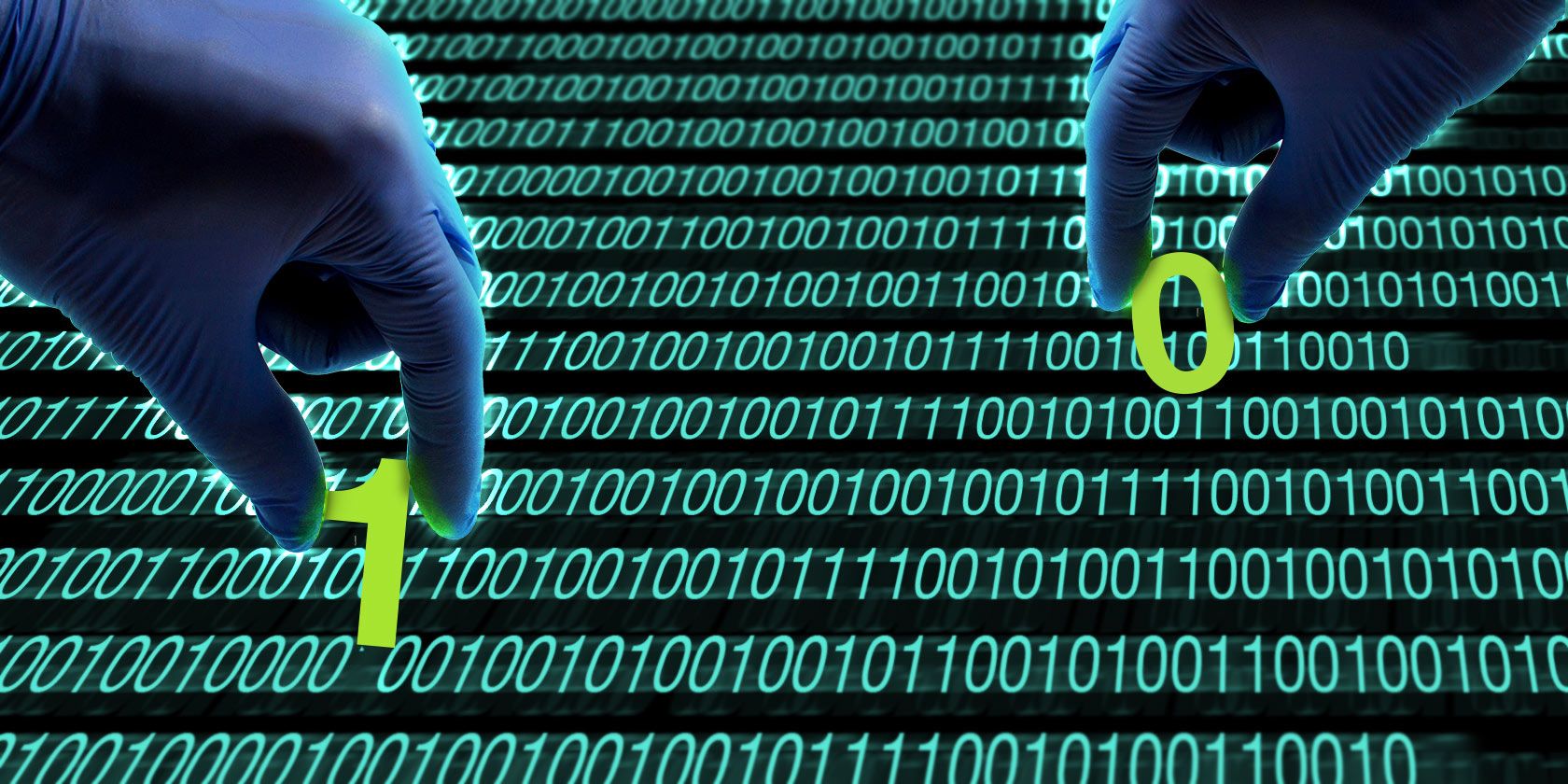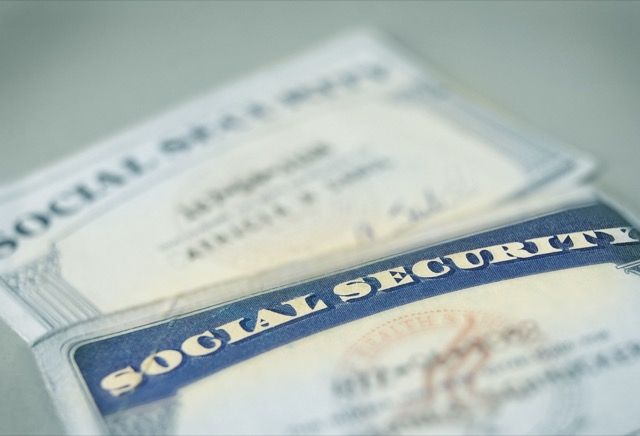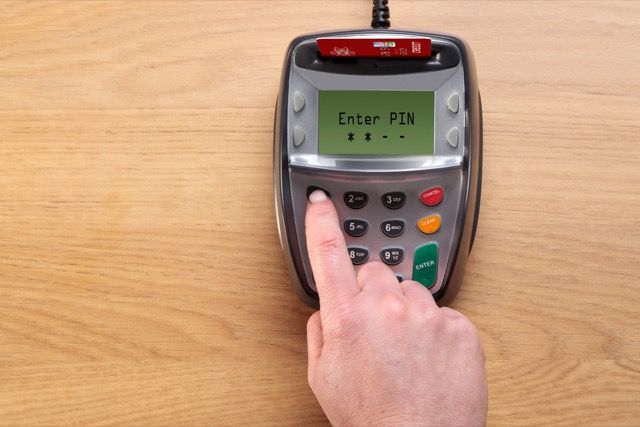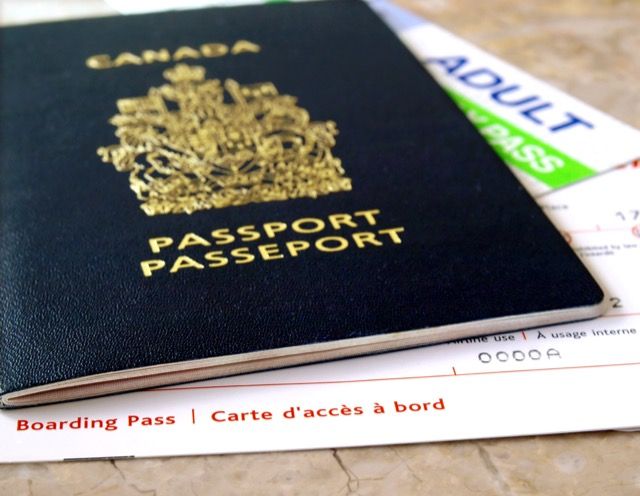According to the Department of Justice, identity theft cost victims more than household burglary, motor theft, and property theft combined. It can have a significant consequence for victims, and nobody should experience the stress that it causes.
Let's explore the 10 pieces of information that thieves use to steal identities.
What Do Scammers Need to Steal Your Identity?
Scammers don't need all 10 of these items to crack your identity; just a few will suffice. As such, you need to protect each one to ensure nothing devastating happens in the future.
1. Your Social Security Number
Social Security Numbers can confirm your identity in a wide variety of places. This ranges opening a PayPal account to getting government documents. It can be used to make a new bank account, access online accounts, or file a fraudulent tax return.
In short, the social security number (or its equivalent, if you live in another country) is a jackpot for an identity thief. And once they have this number, it's easier to collect the other information they need to steal your identity.
2. Your Date and Place of Birth
Surprisingly, your birth date can also be used by a scammer to steal your identity. What can a scammer do with your date of birth?
It's asked for on most official forms from governmental paperwork to financial accounts. It might appear on background check websites. Your place of birth is also used as a secondary confirmation measure by several online providers. This could be used to reset your password or grant thieves access to your account.
Unfortunately, people tend to advertise their dates of birth all over the Internet. Social media makes it easy to let everyone know when a special day is coming up, so people are keen to share it with the world.
3. Your Financial Account Numbers
Financial accounts are highly sought after by identity thieves. This includes checking and savings account numbers, credit and debit card numbers, and retirement fund accounts.
With an account number, an identifying piece of information, and a password or PIN, a thief could gain access to any of these accounts and start siphoning away money.
Thankfully, you probably don't share account numbers very often. Not many people put their credit card up on Twitter! As such, it's quite easy to protect this information. Just be sure these numbers aren't where a scammer could find it, such as on a sticky note on your desk.
With the rise of healthcare fraud, it's also a good idea to protect your health insurance numbers and any other similar information you might have.
4. Your Banking PINs
Your personal identification numbers should randomized, but a vast amount of people use combinations like "1234," "5280," and "1111" to secure their credit and debit cards. Thieves know this, so if you have a weak PIN, it's easier for them to crack into your card if stolen.
People often use personal information for PINs, such as birth dates. Unfortunately, as we covered above, this information is regularly posted on social media and easily found. Hackers will try these numbers first, so don't base your PIN on a number that someone could research.
Also, be sure to use different PINs for different accounts. If an identity thief gets into one account, you don't want to give them free access to another!
5. Your Card Expiration Dates and Security Codes
When you make an online purchase with your credit or debit card, you usually need to enter the expiration date and security code.
If a thief has your card number and these pieces of information, they can freely use your card on the Internet. Advanced skimmers can get this information from an infected terminal, but phishing is still a standard method scammers use.
As such, don't give this out unless you're sure that you're talking to someone who needs it. Phone phishing scams target this information, so be suspicious if you receive any surprise calls from your credit card company.
6. Your Physical and Email Address
Both of these can be used in phishing to get you to reveal personal information. Even past addresses can be useful, as some organizations will ask for your previous address during sign-up. All this information can lead to whaling, a type of cyberattack that's worse than phishing.
Your email address is also your username for a lot of online accounts. With the right pieces of information, a thief could access the account or reset the password. Like our birthdays, our email addresses are usually pretty easy to find, but you may want to consider putting it out there a little less.
7. Your Driver's License or Passport Number
Both your driver's license and passport number can help identity thieves get more information about you. After all, these contain your full name, date of birth, nationality, and address.
If a scammer steals your license or passport, it can be altered to include a picture of someone else. Once done, they can use it to access various parts of your life.
A passport is especially dangerous, as it could lead to identity theft on an international level. The scammer can create accounts in your name in other countries, and any existing accounts in other countries could potentially be accessed. It's even possible that an altered passport would allow a thief to travel internationally under your name.
8. Your Phone Number
Your phone number isn't used for identity verification very often, but it can be put to great use by a talented phisher. They can call and claim they're with a financial or governmental institution to get more identifying information from you.
Most people are pretty hesitant to give out their phone numbers, but one slip-up could mean you have scammers on the way. It's a good idea to stay vigilant about giving out your phone number, but being a little suspicious of people who call is probably warranted, too.
9. Your Full Name
This information appears a lot on the Internet, so you might not think of it as valuable information to a thief. However, your full first, middle, and last name can be quite useful to a thief. This information is especially helpful if they're looking to open a new account in your name.
When making an online purchase, some companies ask for the "Name as it appears on the card." If a thief knows your full name, they'll be able to make a better guess at what might be on your card.
10. Your Affiliations, Memberships, and Employer
Again, you might not think that this is information that would be valuable to an identity thief. However, such information can be used in phishing attacks, specifically spear phishing.
Most people are much more likely to give out identifying information if they think they're talking to someone from one of their groups. This group could be work friends, a sports club, a fan club, or even an Internet group.
As with any means of phishing, your best bet is to be vigilant and make sure that you're talking to who you think they are. If someone asks for personal identifying information, it's a good idea to confirm with the organization that they need it and that someone called for it.
Protecting Your Data and Identity on the Internet
It's surprising just how much information a scammer can work with to steal your identity. Identity theft is an awful thing, so don't give scammers a free pass to your details.
If you're worried about what you're revealing on the internet, be sure to learn how hackers steal your identity on social media.




